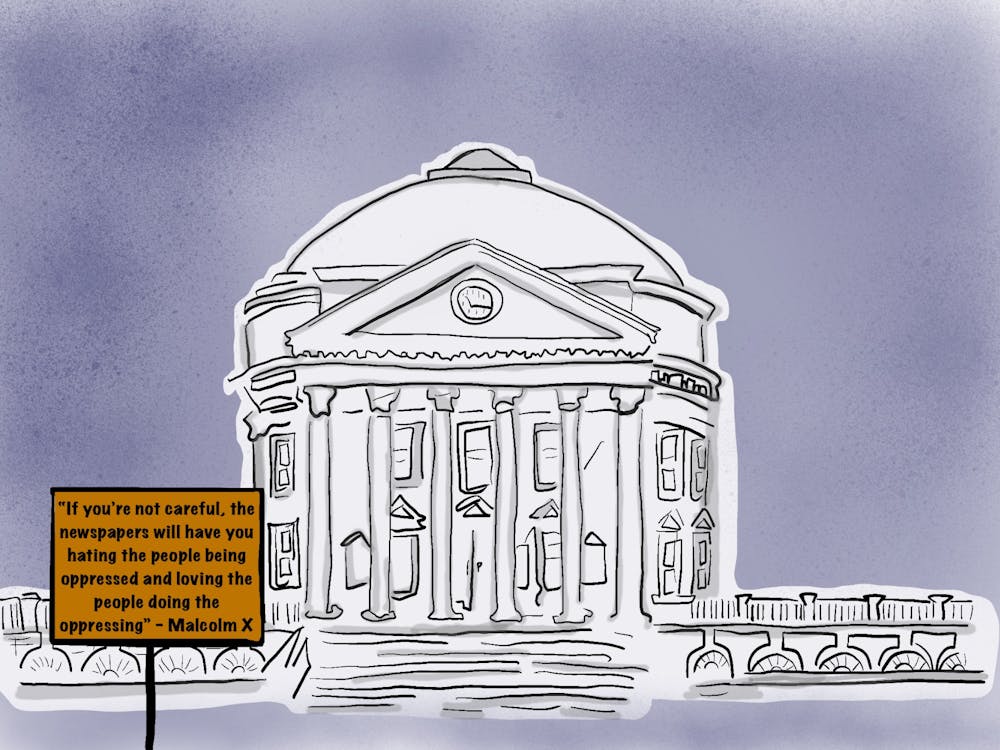Last week, The New York Times shared an interactive article addressing the scale of the opioid epidemic. As you scroll down the page, the writers invite you to look at common causes of death in America and guess whether or not they have grown more or less deadly over time. Fatalities from HIV and car accidents, for instance, have declined precipitously since the last century, while firearm-related deaths fell off a bit before recently creeping up.
Deaths from drug overdoses, however, tell a different story, one which has long approached crisis levels. In 1968, 5,106 people died from drug overdoses, climbing to 8,413 by 1990. Between 1990 and 2015, this figure increased 500 percent to 52,404 drug-related deaths in one year, surpassing the number of fatalities from car accidents and gun homicides combined. While much of last year’s presidential campaign focused on opioid addiction as a problem faced mostly by rural whites, whites in cities and suburbs are actually the most endangered group. The biggest drug addiction epidemic in American history — more lethal than the psychedelic 60s or cocaine-ridden 80s — the opioid epidemic is well known but still largely untreated. As the richest country in the world, we must ask ourselves not only how we can address the crisis, but also why we have allowed so many of our fellow citizens to sink into despair, unnoticed and uncared for.
The opioid epidemic is inextricably tied to the sacrosanct role of profit in our healthcare system. For context, the United States has only around five percent of the world’s population but consumes 80 to 90 percent of all opioids produced globally. In 1995, the FDA approved OxyContin for prescription use around the same time certain studies showed the medical profession was not adequately treating chronic pain. To capitalize on the drug’s approval, pharmaceutical giant Purdue Pharma launched an intense marketing effort, promoting the drug in medical journals, flying doctors to conferences and sending its representatives to doctors’ offices nationwide. While inexpensive heroin has long existed, the number of prescription opioids sold in America has quadrupled. Heroin has long been available in the United States, but because of the mass over-prescription of opioids and the high cost of pharmaceuticals, 80 percent of heroin users report previously using prescription opioids.
Anna Lembke, a Stanford addiction psychiatrist, argues that the causes aren’t even limited to the drug industry’s narrow concern for its bottom line — a phenomenon The Onion satirized as “Sweating, Shaking Pharmaceutical CEO Says He Can Stop Profiting Off Opioid Epidemic Anytime He Wants.” Lembke points to two causes, one of which she dubs the “Toyotaization” of health care. Under pressure to move patients in and out of their offices as fast as possible and to get reimbursed by insurance companies, opioid prescriptions gave doctors “a way to just give a pill to patients to get them out the door, while also feeling like they were doing something to help patients, at least in the short term,” even as opioids haven’t even been shown to be effective at treating chronic pain. Doctors find themselves overwhelmed by a kind of pharmaceutical and medical-industrial complex, and opioids “[become] the proxy for the doctor-patient relationship.”
The drug abuse crisis is also a symptom of what Lembke calls the “medicalization of poverty.” Since deindustrialization and the abandonment of the postwar economic compromise — not to mention welfare reform in the 1990s — America’s safety net has become unable to respond comprehensively to economic and personal dislocation. Doctors, Lembke argues, regularly deal with patients who not only have serious medical conditions, but also face major socioeconomic and psychological problems, like homelessness, underemployment, undereducation and intergenerational trauma. In the absence of a robust safety net, doctors prescribe opioids because they “work quickly, patients are grateful and it seems to be something they can do in the face of overwhelming problems.” These decisions then cause more problems over the long run, as the drugs gradually become less effective and patients descend into the throes of addiction.
To respond effectively to the opioid epidemic we should of course work to resolve the immediate problems, like lethal overdoses, as quickly as possible. Common proposed remedies include expanded access to addiction treatment, needle exchanges, injection facilities where addicts can use drugs without the risk of dying, stricter rules for the pharmaceutical industry and expanded access to Naloxone, a drug which blocks the effects of opioids in the case of a life-threatening overdose. These steps will help ameliorate the crisis on the margins, but they will not reverse the trends which brought us here in the first place. Addressing this problem will require a fundamental rethinking of our priorities, but it could start with the single-payer health care — or at least a robust public option — more publicly-funded community centers, free or low cost community college and a federal jobs program focused on rebuilding decrepit public infrastructure.
With the average American watching at least five hours of TV per day and trust in institutions at historic lows, the United States has become a country of atomized individuals which fails to engender real community-building. If we want to address the opioid crisis at its core, we need to take a hard look at the sickness of our entire society.
Gray Whisnant is a former Opinion editor for The Cavalier Daily. He can be reached at opinion@cavalierdaily.com.





